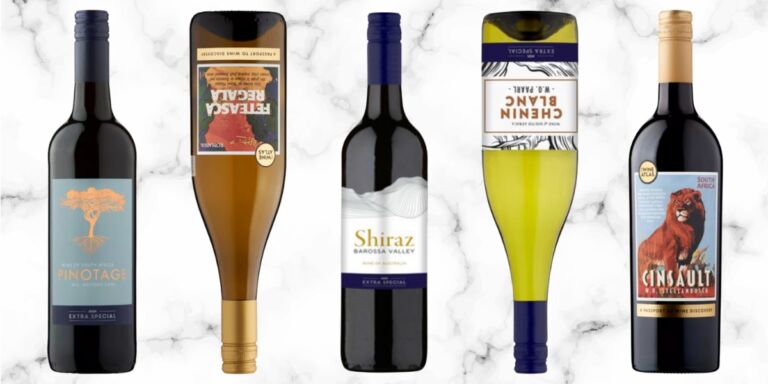It was Giovanni Gaja – grandson and namesake of the founder – who laid the foundations of the Gaja family’s pre-eminence in Italian winemaking when, in the 1960s, he purchased notable vineyard sites in Barbaresco. Sorì San Lorenzo was the first single-vineyard wine produced by Gaja, with Costa Russi and Sorì Tildìn both hailing from the Roncagliette vineyard. Previously seen as less prestigious than Barolo, today Gaja’s three great Barbaresco crus form the bedrock of the house’s reputation.

That renown has grown more recently – largely under Angelo Gaja – to encompass vineyards in Italy’s north (Piedmont), centre (Tuscany) and south (Sicily). It is Barbaresco, however, where it all started, that remains the spiritual home and headquarters, and the source of the flagship wine, the village Barbaresco, which was first made in 1859. Just to the south are the Barolos, including the single-site Sperss and Conteisa. Then there are the Langhe wines, which include the famously long-lived Gaia & Rey Chardonnay and the celebrated Darmagi Cabernet Sauvignon. (Darmagi in Piedmontese means ‘shame’, which was Giovanni’s opinion of the young lion Angelo’s intention to plant Cabernet.)
The highlight of this tasting was the generic Barbaresco, all four vintages of which were, says Clement Robert MS, ‘absolutely glorious. This was my favourite flight, with all four vintages showing superb purity, elegance, precision and the ability to age. The 1985 was the star of the whole tasting.’
The other highlight was the 2016 vintage – ‘a truly incredible year in Piedmont,’ says Robert. ‘And Gaja made outstanding wines right across the board, with the 2016 Costa Russi a future legend.’ The 2016 vintage is only the fourth made from 100% Nebbiolo from Gaja’s Barbaresco holdings – from 1996 to 2011, the wines had 5% Barbera added in (and no 2012 was produced).

There were some disappointments, too. ‘With the exception of the 1985 Barbaresco, the older wines felt rather tired,’ reports Robert. Similarly, while the Sperss Barolo is usually Robert’s favourite among the Gaja portfolio, ‘the 1989 and 1995 didn’t live up to my expectations. Both wines felt tired, although I had Sperss 1995 at the end of 2020, and it was stunning and much fresher. Perhaps this was a bad bottle?’ The 2016, on the other hand, was ‘glorious: tighter and more austere, as expected from a Barolo’.
Robert admits he has ‘never been a big fan of the Cabernet-based Darmagi’, which he finds ‘misplaced’ in Piedmont. ‘But it is undoubtedly very well made,’ he says, ‘and both vintages tasted here were polished, full-bodied, juicy, generous and charming. Somehow, for me, they lack the personality of the Nebbiolos and feel more like New World wines than Piedmont wines, but they are good for fans of that style.’ Gaia & Rey, by comparison, is still, Robert argues, the best Chardonnay made in Italy; the 2017, he claims, is a worthy rival to great white Burgundy.

In 1994, Angelo Gaja made his first foray outside Piedmont when he bought the Pieve Santa Restituta estate in Montalcino, which now produces a reputed Brunello (not tasted here). That purchase was followed in 1996 by the 100ha Ca’ Marcanda estate in Bolgheri, yielding four wines made from various blends of Merlot, Cabernet Franc, Cabernet Sauvignon, Sangiovese, Vermentino, Viognier, Fiano, Petit Verdot and Syrah. The Camarcanda was tasted here, and impressed. ‘For such a young estate, the Camarcanda is a very pretty wine that shows purity and precision. It made me keen to taste the whole Bolgheri range,’ says Robert.
Overall, Robert felt this was a tasting of highs and lows but characterised by elegance and precision – the hallmarks of the always ‘well-polished’ Gaja wines.

This article is taken from the spring 2021 edition (Issue 7) of our quarterly magazine which focuses on wine, spirits and good living, with vivid imagery and insightful articles. Click here to find out more.




















